Sachets are small sealed packets made of plastic, paper, or foil, used to hold single-use quantities of products such as shampoo, ketchup, sugar, or medicine. They are popular in retail and pharmaceutical packaging due to their portability, affordability, and ability to preserve freshness and hygiene.
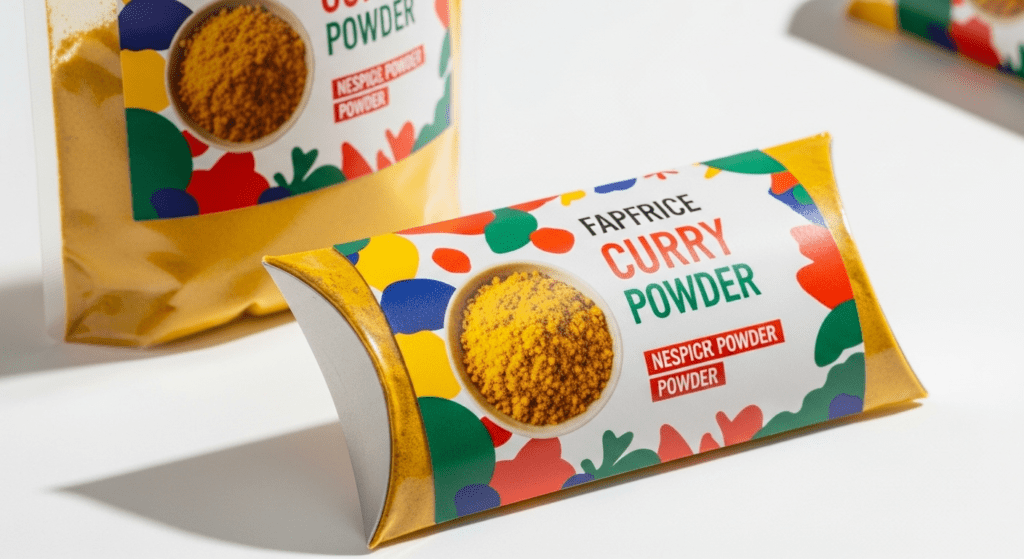
What Are Sachets
Sachets are small, sealed packets that contain single-use portions of products like shampoo, ketchup, or medicine. These flexible packages protect their contents from air, moisture, and contamination while making products affordable and accessible to consumers worldwide.
Sachets are typically made from flexible materials such as paper, plastic films, aluminum foil, or combinations of these materials. The packets are heat-sealed or glued along the edges to create an airtight, tamper-evident container.
Sachets typically hold between 1 to 50 milliliters of product. Their compact size and low production cost make them especially popular in developing countries where consumers prefer buying smaller quantities.
Types of Sachets
The packaging industry has developed several sachet designs to meet different product needs.
Standard (Flat) Sachet
The flat sachet is the most common type you’ll encounter. It looks like a small, flat envelope sealed on all four sides.
These sachets work perfectly for powders, liquids, and gels. You’ll find them containing everything from instant coffee to face masks.
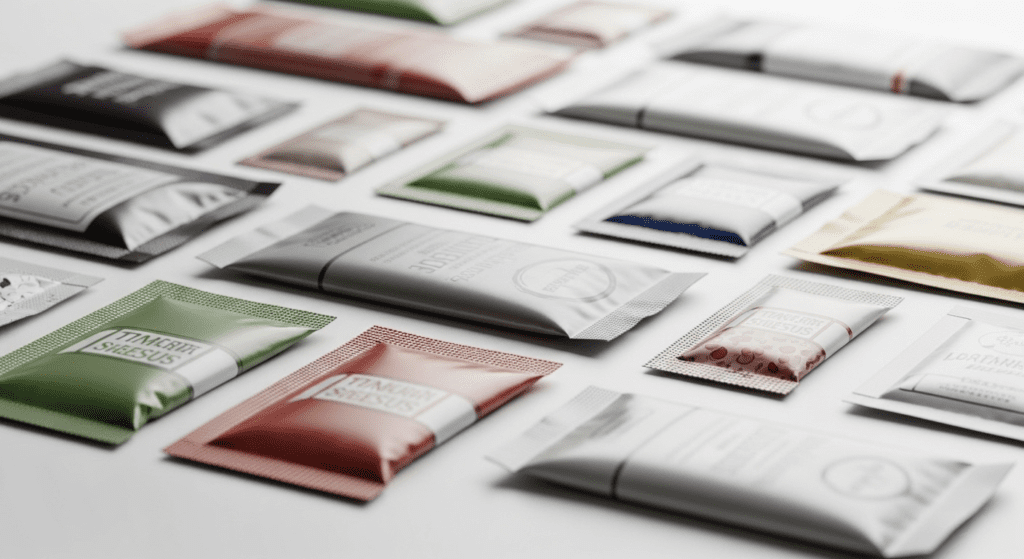
Pillow Sachet
Pillow sachets get their name from their puffy, pillow-like shape. They have extra space inside, which creates a cushion of air around the product.
This design protects fragile contents better than flat sachets. Many snack foods and delicate pharmaceuticals come in pillow sachets.
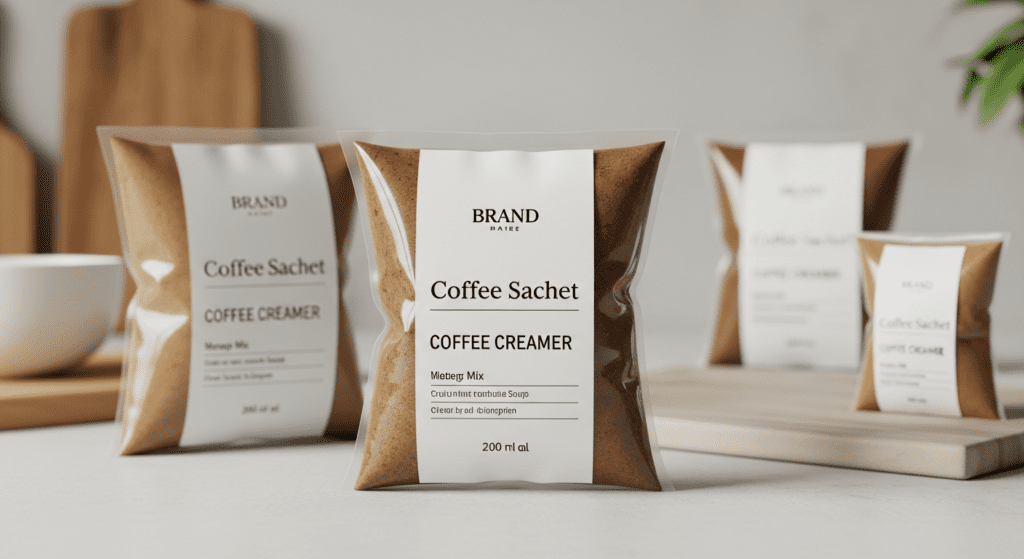
Twin Sachet
Twin sachets contain two separate compartments in one package. Each compartment holds a different product that shouldn’t mix until use.
Hair dye kits often use twin sachets. One side holds the color, while the other contains the developer.
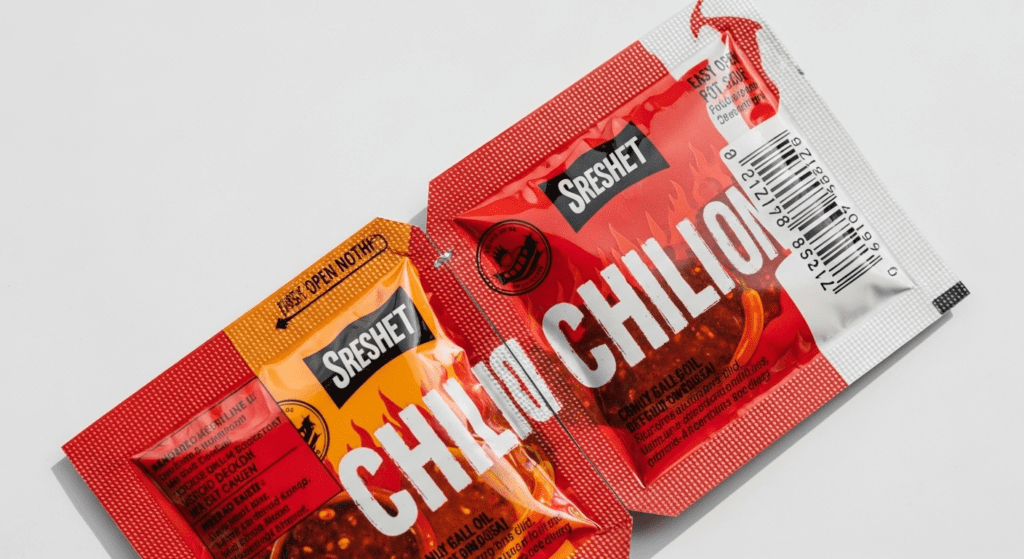
Strip Sachet
Strip sachets are long, narrow packets that look like strips. They’re sealed at regular intervals to create multiple single-dose portions.
Pharmaceutical companies love strip sachets for tablets and capsules. Each dose stays protected until you’re ready to use it.
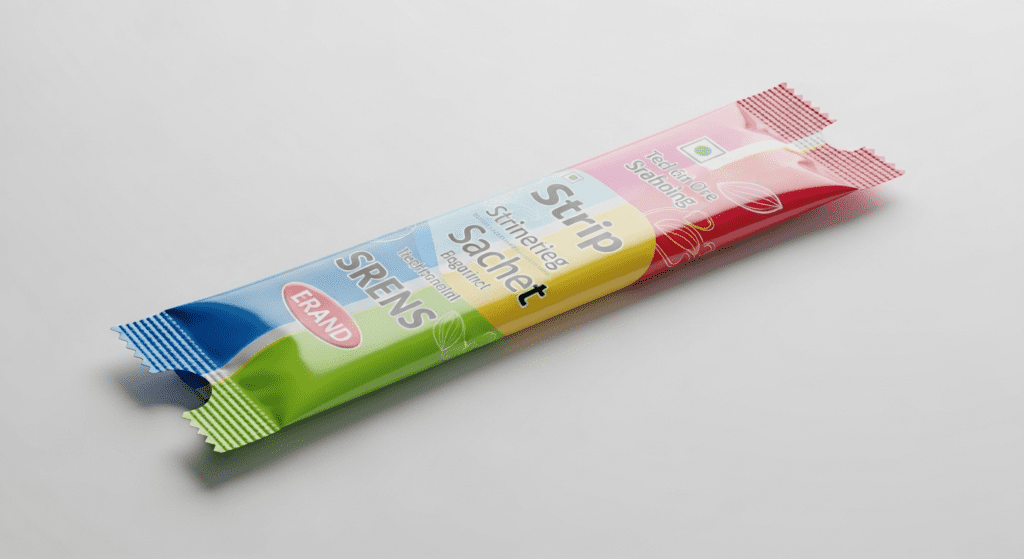
Custom or Shaped Sachet
Custom sachets can take almost any shape imaginable. Companies design them to stand out on shelves or match their brand identity.
You might see heart-shaped sachets for Valentine’s Day promotions. Some energy gel brands use sachets shaped like their logos.
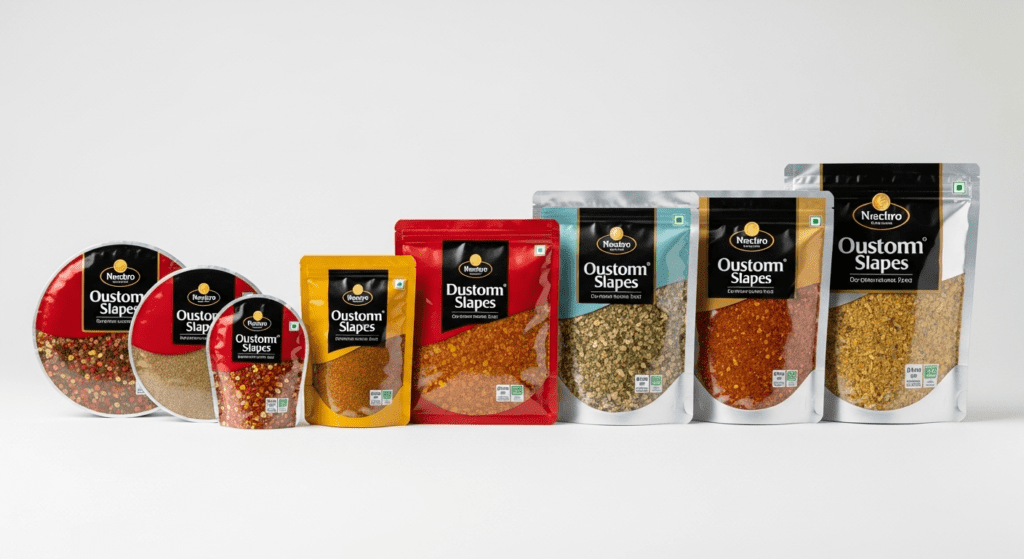
Bag in Bag
The bag-in-bag design features a smaller sachet inside a larger outer package. This double-layer protection works great for sensitive products.
Some medical supplies and high-value cosmetics use this format. The outer bag provides extra barrier protection while the inner sachet holds the actual product.
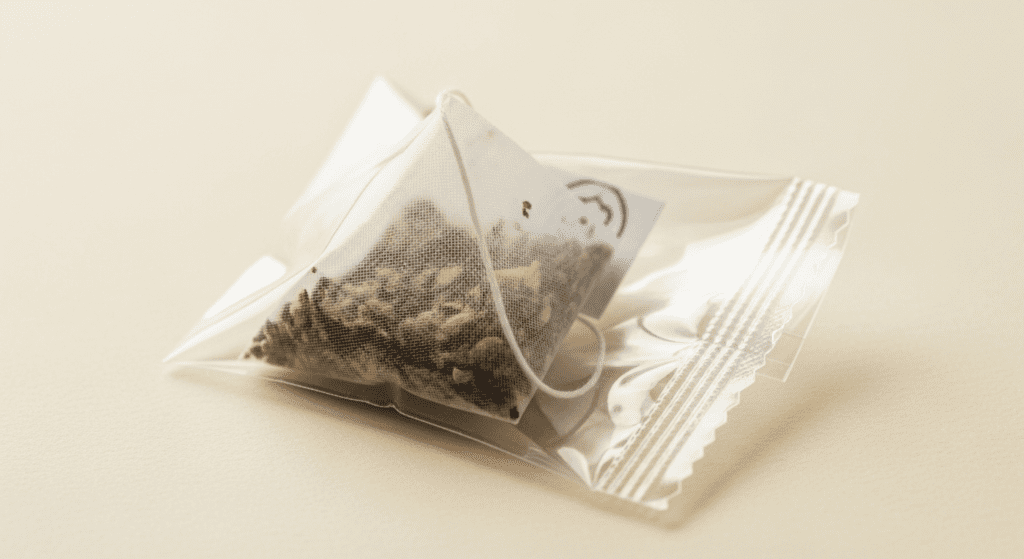
The Structure of the Sachets
Modern sachets use multiple layers of materials working together. Each layer serves a specific purpose to protect the contents and maintain product quality.
Outer Layer
The outer layer is the sachet’s first line of defense. It protects against physical damage, UV light, and printing wear.
This layer usually consists of polyester or nylon. These materials resist tearing and punctures while providing a smooth surface for printing product information.
Barrier Layer
The barrier layer blocks moisture, oxygen, and other gases from entering the sachet. This protection keeps products fresh for months or even years.
Aluminum foil or metallized films work as excellent barriers. Food products and medicines especially need this layer to maintain their quality.
Inner Sealant Layer
The inner layer touches the product directly and creates the heat seal that keeps the sachet closed. It must be chemically compatible with whatever’s inside.
Polyethylene is the most common sealant material. It melts at relatively low temperatures, making it easy to seal sachets quickly during production.
Adhesive/Tie Layer
The tie layer bonds all the other layers together. Without it, the different materials would separate and compromise the package.
Special adhesives or tie resins create strong bonds between incompatible materials. This layer is often just a few microns thick but plays a crucial role.
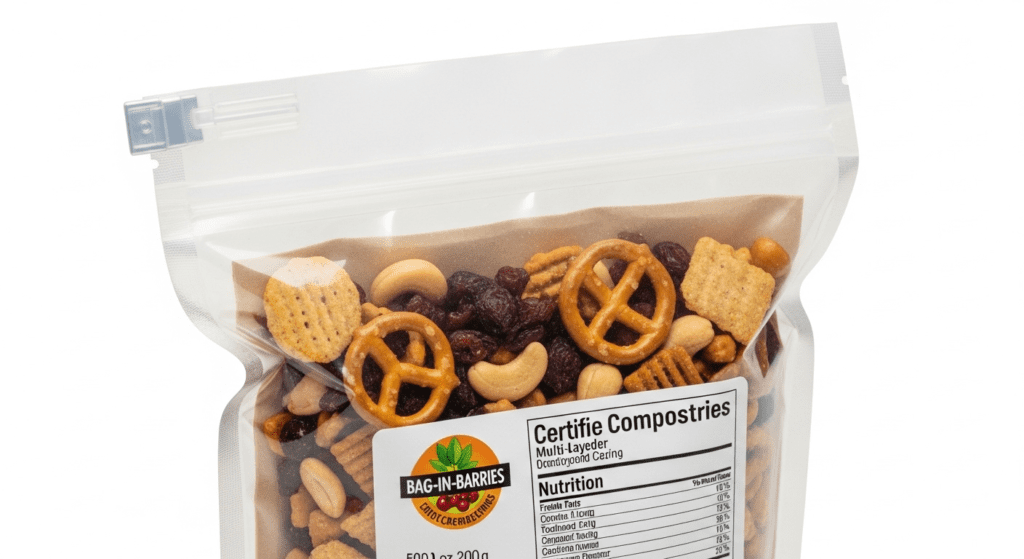
Materials Used in Sachet Packaging
- Polyethylene (PE) – The most affordable and widely used plastic for sachets. It provides good moisture barrier and heat-sealing properties. Available in low-density (LDPE) and high-density (HDPE) varieties.
- Polypropylene (PP) – Offers better heat resistance than PE, making it ideal for hot-fill products. It’s also clearer, allowing consumers to see the contents.
- Polyester (PET) – Provides excellent strength and printability. PET sachets look premium and resist punctures better than other plastics.
- Nylon (PA) – Adds toughness and puncture resistance to sachets. Often combined with other materials for enhanced performance.
- Metallized Films – Plastic films coated with a thin layer of aluminum. They offer superior barrier properties while remaining flexible and lightweight.
- Paper – Used for eco-friendly sachets or as an outer layer for premium appearance. Must be combined with plastic or foil for moisture protection.
- Biodegradable Polymers – Made from plant-based materials like cornstarch or sugarcane. These newer materials break down naturally but currently cost more than traditional plastics.
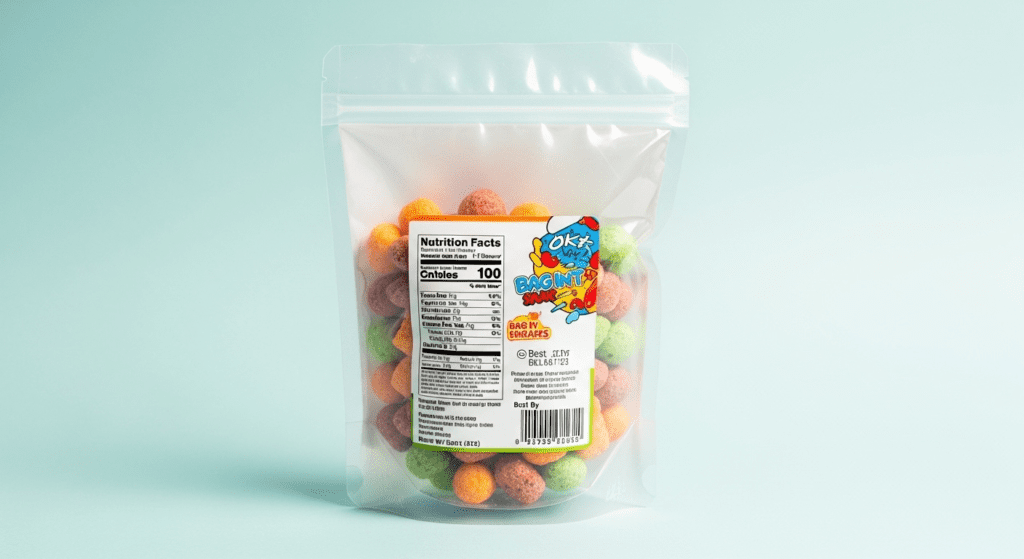
Benefits of Sachets
Cost-Effectiveness
Sachets use 75-95% less packaging material than rigid containers. This dramatic reduction cuts production costs significantly.
Transportation costs also drop because sachets are lightweight and compact. One truck can carry 10 times more sachet units than bottled products.
Portion Control and Hygiene
Each sachet contains an exact, pre-measured amount. This eliminates waste and ensures consistent product use.
Single-use packaging prevents contamination. Once opened, the entire contents get used immediately, reducing the risk of bacterial growth.
Extended Shelf Life
The multi-layer barrier technology in sachets blocks air and moisture effectively. Products stay fresh 2-3 times longer than in simple plastic bags.
Many sachets include nitrogen flushing during packaging. This replaces oxygen inside the packet, further extending shelf life.
Marketing and Market Penetration
Sachets make premium products accessible to low-income consumers. A person who can’t afford a $10 bottle of shampoo can buy a 50-cent sachet.
Free samples in sachet form introduce new customers to products. It’s much cheaper to give away a sachet than a full-sized item.
Branding and Customization
Modern printing technology allows vibrant, high-resolution graphics on sachets. Every square millimeter becomes valuable advertising space.
Companies can create limited-edition designs easily. Seasonal packaging or promotional tie-ins cost very little to implement.
Impact of Sachet Pollution
While sachets offer many benefits, they create significant environmental challenges. Most sachets end up in landfills or polluting natural environments.
The same multi-layer construction that protects products makes sachets nearly impossible to recycle. Traditional recycling equipment can’t separate the fused layers.
Each layer might be recyclable individually. But once laminated together, they become a composite material that recycling plants reject.



